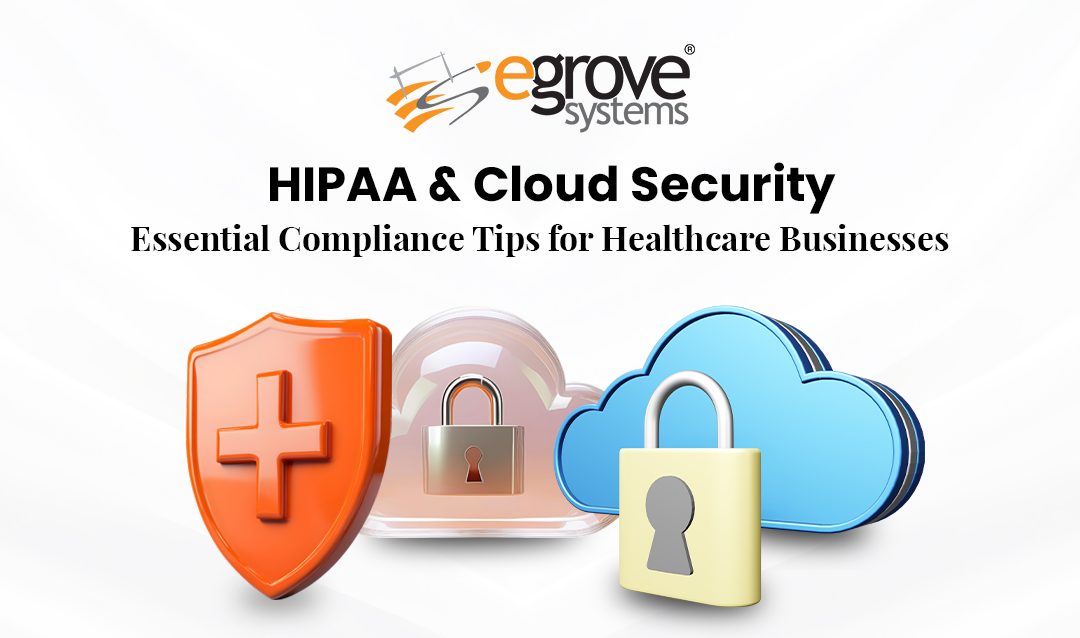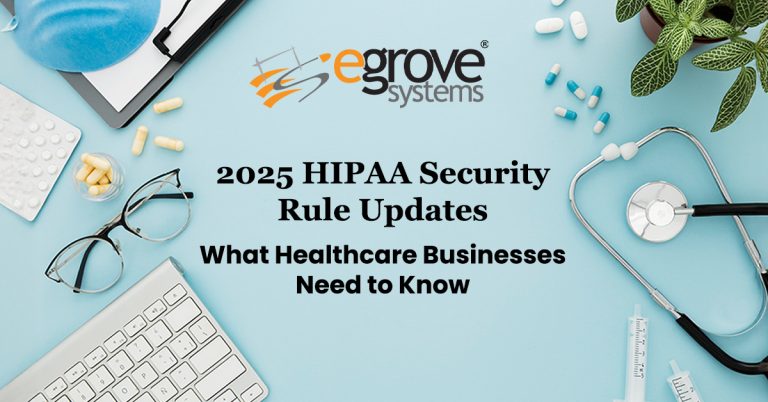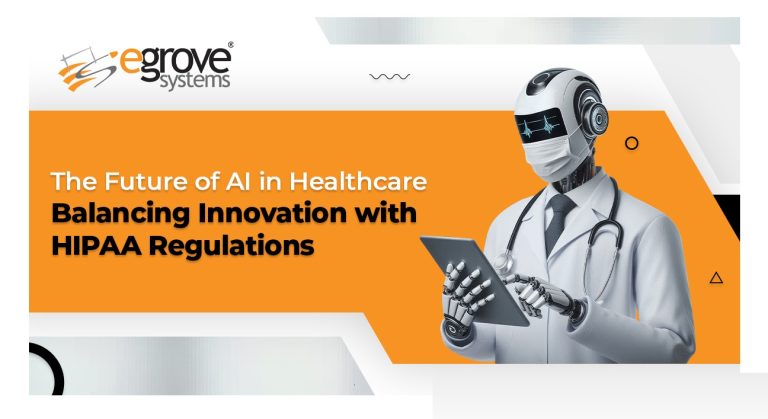The modern healthcare infrastructure is powered by sophisticated cloud platforms that facilitate everything from telehealth to data storage, and more. Earlier, relying solely on PHI, the gradual shift towards the cloud presents the duty also to evaluate cloud security, ensuring it aligns with HIPAA compliance norms. HIPAA cloud compliance regulations are essential for healthcare businesses. However, many struggle to implement it effectively in a manner that does not disrupt operations. With updated guidelines, practical tips to stay updated with the norms and keep PHI secured in 2025 are a sure shot way to maintain compliance.
The Role of Cloud Service Vendors
Cloud service providers are considered to be a business associate for healthcare organizations as per HIPAA, provided that the CSP creates, receives, maintains, or transmits electronic PHI or ePHI on the organization’s behalf. In such a case, it does not matter whether a business associate agreement is in place or not. This implies that, knowing what each party’s obligations are, supervision will be required to maintain compliance and security. The covered entity will continue to bear the risk of how the PHI is used and configured, so the parties need to keep a clear distinction and not confuse HIPAA-eligible services with compliance.
The pressure of HIPAA data protection, particularly regarding cloud security, is increasing. With this, the OCR’s audit program, the potential 2025 updates by the Department of Health and Human Services to the HIPAA Security Rule, and other proposed regulations are placing greater emphasis on vendor oversight. Businesses need to maintain a mandatory inventory of risks, consider multi-factor authentication, and implement harder policies around incident management. As a result, cloud governance needs to be viewed as an ongoing state of compliance, and not as a one-time task.
Begin With A Comprehensive Risk Analysis
The HIPAA Security Rule requires a risk analysis and the implementation of a risk management procedure in cloud security services. It is essential in cloud protection services to map where ePHI lives, whether it is in databases, backups, logs, analytic buckets, etc. It also helps keep track of how it moves and who has access to this information.
The HIPAA guidance of NIST must be used to organize and conduct the risk management and analysis processes, in addition to prioritizing mitigations. Businesses must be ready to undergo the analysis after significant changes occur. Any changes or upgrades, such as the introduction of a new partner, integration of an AI tool, or changes in architectural decisions, can trigger such analysis.
Understanding All Contracts Involved
You will need a signed Business Associate Agreement (BAA in place before you store or process any PHI in the cloud, as per the HIPAA guidelines. The BAA should clearly distinguish responsibilities associated with the ePHI, comprising all specifics across practices like encryption, logging access, breach notification timing, and others. It should also define terms for work involving subcontractors and the responsibility of the cloud vendors to support the audit obligations.
The biggest cloud service providers, including Amazon Web Services, Google Cloud, Azure, and others, offer BAAs for their HIPAA-eligible services, aligned with HIPAA norms. However, BAAs do not remove the obligations concerning the configuration of the services. Healthcare businesses and organizations can also benefit from obtaining vendor-provided documentation of their security controls. They can also utilize vendor-provided SOC 2 or ISO reports and document responsibilities within the BAA regarding the key used for encryption or decryption, backups, and access control.
Impactful Technical Controls
There is a set of technical controls that are extremely important for healthcare businesses, including the following:
- Encrypting Everything: Encrypt ePHI at both rest and transit periods. Make sure that you prefer customer-managed keys or hardware security modules if you want the best key management and revocation solutions. Lacking encryption can adversely impact healthcare cloud security and is non-negotiable.
- Access Controls and Multi-Factor Authentication: Implement least-privileged identity and access management, separation of duties, and mandatory MFA for all administrative access, now a baseline of compliance proposal by the OCR.
- Logging and Monitoring: Centralized logs such as cloud audit logs, VPC flow logs, and brought together application logs into a SIEM, with real-time alerts and sufficient retention for investigation.
- Network Segmentation and Zero Trust: Make sure there is no lateral movement via micro segmentation. Instead, adopt a zero-trust architecture where trusted relationships are continuously verified.
- Backups and Immutable Snapshots: Enable a schedule for backups, encrypted, with versioning and immutable retention. This will enable you to recover from a ransomware event without having to pay a ransom.
- Data Lifecycle and Deletion: Policies for retention, secure deletion, and verification of secure deletion from subcontractors at the end of the agreement are a must to include.
Bonus Tip: Use cloud policy engines and infrastructure as code to automate policy enforcement and prevent configuration drift.
Streamlined Operations
Keeping processes, plans, and people productive requires having a clean and properly divided roadmap. Focus on the following:
- Forget the tabletop exercises and the playbook. Take more proactive measures, such as maintaining a documented incident response plan that outlines the contact and escalation protocols for your cloud vendors, and practice it frequently. The NPRM suggests tighter vendor notification deadlines as a successful resource to build speed.
- Ongoing supervision of the vendor is a must. Avoid the setting and forgetting of BAAs. Plan for regular penetration tests, vendor evaluations, and demand remediation schedules.
- Training for employees. Instruct employees in safe cloud practices, such as how to request new entitlements, handle secrets, withstand phishing attacks, and use secure shells.
- DevSecOps integrations for validating code and infrastructure changes before deployment are helpful. DevSecOps incorporates security requirements like SCA, container scanning, and IaC policy testing into CI/CD pipelines.
Conclusion
When utilized correctly, cloud benefits appear boundless. However, adopting cloud technology does not eliminate your compliance obligations. Today, the regulatory environment is ever-evolving, and the HIPAA Security Rule continues to be updated. Healthcare organizations that proactively collaborate disciplined security with the speed and agility of the cloud will be the ones who will thrive.







